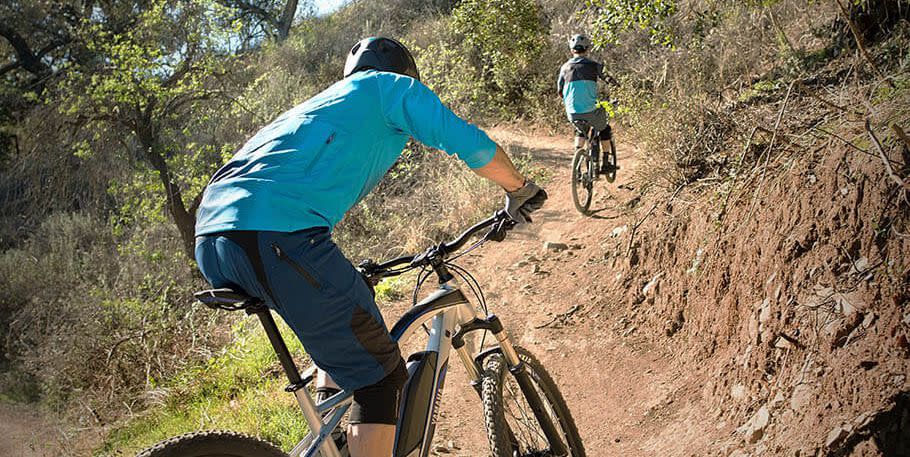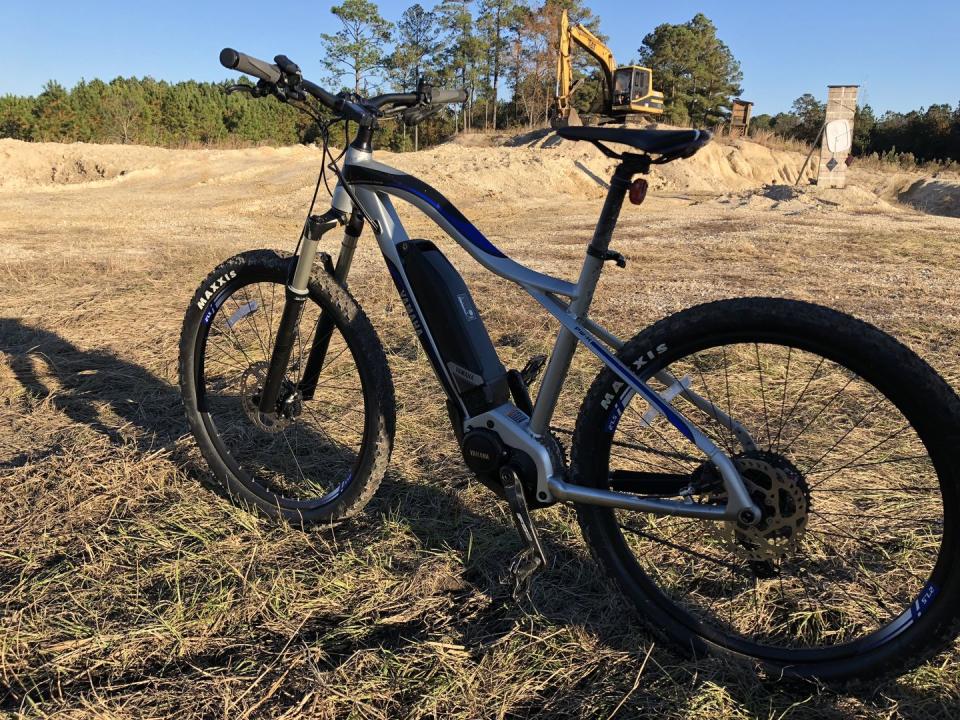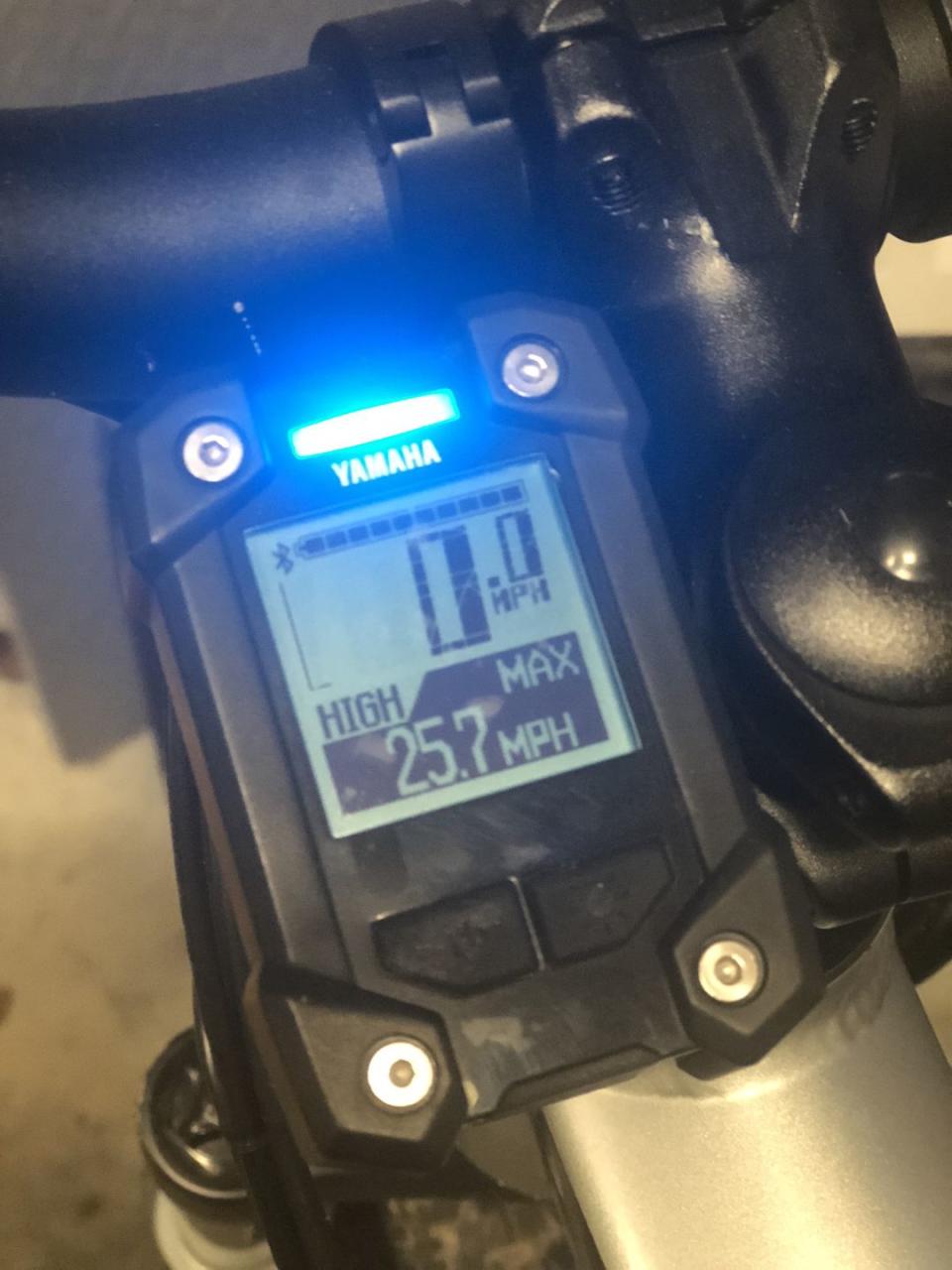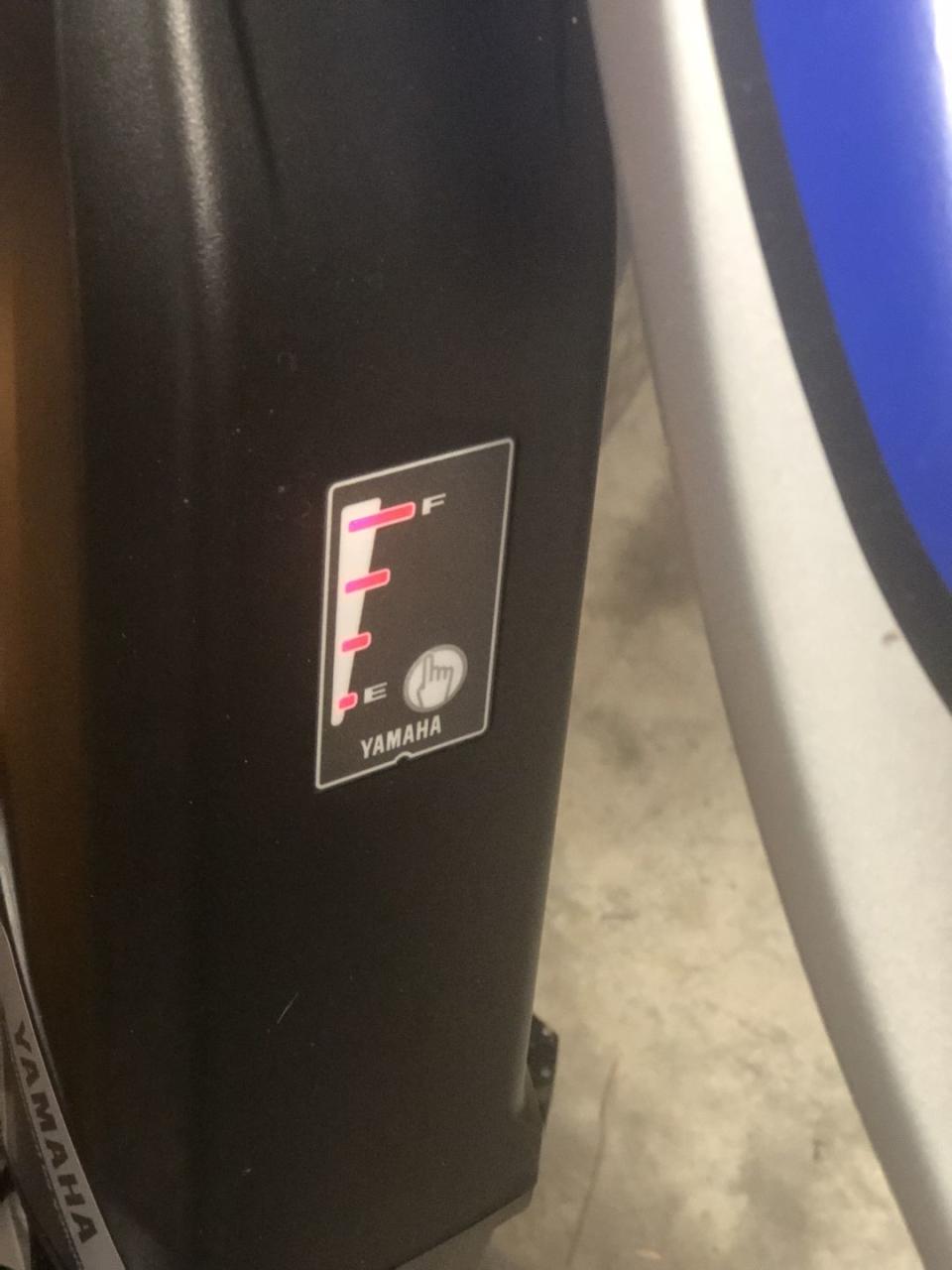What's the Point of an Electric Mountain Bike, Anyway?

I understand the rationale behind electric-assist commuter bikes. You've got somewhere to go and a bike is a great way to get there, but you'd rather not arrive drenched in sweat. For street bicycles, e-assist is a range extender for your legs.
Mountain bikes are a different story. Isn't exercise central to the appeal of pedal-powered off-roading? When I break out my old Specialized to ride some trails, I'm usually doing it with an eye toward raising my heart rate and finding out how much lactic acid I can tolerate on a given day. Don't get me wrong, it's nice just to be out on the trails. But I go for trail runs, too, and it would defeat the purpose if I could occasionally hop on a hoverboard.
Which brings me to the Yamaha YDX-TORC ($3,499), the mountain-bike entry in Yamaha's new lineup of power-assist bicycles. The YDX is built with a roster of components that will be easy to find at a local bike shop-RockShox remote-lockout fork, Shimano shifter and brakes, Maxxis tires-but the major parts are all Yamaha. That includes the frame, motor and battery, which together carry a three-year warranty. That's pretty generous considering the kind of abuse mountain bikes endure.

Speaking of which, I brought the Yamaha out for a trail ride in an unconventional setting, in that everybody else had ATVs. I figured that with the YDX-TORC's 20-mph top speed and 500 Wh battery (good for more than 20 miles of range even at the max assist setting) I'd be able to keep up on the tight forest trails. I wasn't wrong.
The Yamaha's 250-watt PW-X drive unit is more powerful than the ones on the other Yamaha bikes, with its "EXPW" mode offering 320 percent support to your pedal power. It'll also handle a 120-rpm pedal cadence, versus the other bikes' 110 rpm. It's designed to rip, in other words. And because the drive unit is crank-mounted, it's low (good for center of gravity) and has the gearing advantage of driving though the 11-speed Shimano cassette.

With e-bikes, as with cars, I tend to get distracted by the obvious specs such as power and range. But with this particular bike, a lot of work went into the subjective area of feel. As in, how natural is the assist? Is there a three-count after you start pedaling, followed by a jackhammer of torque, or is it like gravity went subtly sideways just for you?
The Yamaha uses three sensors (torque, speed and crank) to arrive at something like the latter. The bike knows how hard you're pedaling, how fast you're going, and how fast the crank is spinning, so it can judge how to apply assist in response to the situation. You have to pedal-there's no separate throttle-but you feel like the bike is doing what you want it to do.

But to what end? I wanted to have fun, but I also wanted some exercise. Well, it didn't take long to realize that exercise was going to be mandatory no matter which mode I was in. As I charged down the trail, ATVs behind me, I found that I could ride about as fast as the conditions would allow (18 mph, usually), but only if I pedaled hard. In other words, I had to be involved, lungs and legs searing, the same as I would on my old Specialized. Only I was going much faster. And that's pretty damn fun.

I think the best analogy is to downhill biking: You ride a chairlift to the top of a mountain and go screaming down. A machine helped with the work, but that doesn't mean you're not doing your part, too.
That's what you get when you ride the YDX-TORC. It's like you've unlocked a bionic trail-shredding version of yourself. But ultimately, the ride is still up to you.
('You Might Also Like',)

